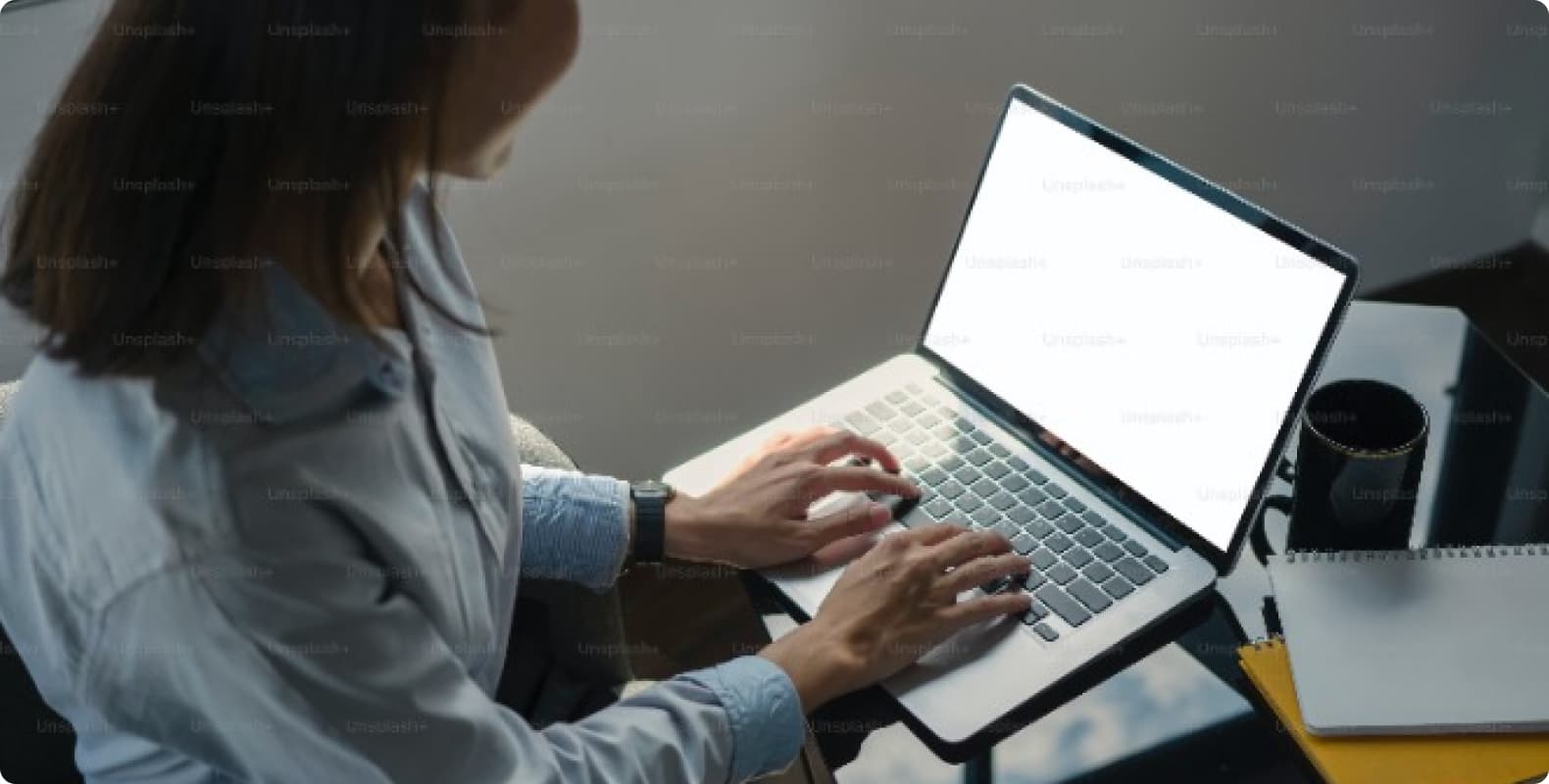
Residential Proxies hat am 9. April 300.000 US-IPs hinzugefügt.


AI-Webdaten-Scraping exklusiver Proxy-Plan [Unbegrenzter Datenverkehr, 100G+ Bandbreite]

 Language
Language

With the continuous development of Internet technology, proxy servers play an increasingly important role in network communications. Whether it is to speed up web page access, protect privacy, or to break through geographical restrictions, proxy servers have become the tool of choice for many users.
However, faced with two common proxy methods, static proxy and dynamic proxy, many users may be confused: how to choose? This article will start with the basic concepts of proxy servers and gradually analyze the advantages and disadvantages of static proxies and dynamic proxies to help readers make a more informed choice.
1. Basic concepts of proxy server
A proxy server is an intermediate server located between the client and the server. It is responsible for receiving the client's request and forwarding the request to the target server. The proxy server can perform various processing on requests and responses, such as caching, filtering, encryption, etc., thereby improving the efficiency and security of network communication.
2. The difference between static proxy and dynamic proxy
static proxy
Static proxy means that the proxy rules are preset in the proxy server configuration file. When the client sends a request, it selects the corresponding proxy server for forwarding according to the preset rules.
The advantage of a static proxy is that it is simple to configure and easy to manage, and is suitable for scenarios with fixed IP addresses and access requirements. However, the shortcomings of static proxies are also obvious, that is, they lack flexibility and cannot cope with dynamically changing network environments.
dynamic proxy
Dynamic proxy means that the proxy server can dynamically select the best proxy server for forwarding based on the client's real-time network environment and access requirements.
The advantage of dynamic proxy is that it can adjust the proxy strategy in real time according to network conditions to ensure the stability and efficiency of network communication.
In addition, dynamic proxies can effectively avoid the risk of IP being blocked and improve users' privacy protection capabilities. However, the implementation of dynamic proxy is relatively complex and requires certain technical support.
3. How to choose the appropriate proxy method
When choosing an proxy method, users need to make comprehensive considerations based on their actual needs and network environment. Here are some suggestions:
Access requirements: If the website or service that the user needs to access has strict restrictions on IP addresses, and these restrictions may change over time, then a dynamic proxy may be more suitable.
Because dynamic proxy can dynamically select a proxy server according to actual needs, it can effectively avoid the risk of IP blocking. On the contrary, if the website or service that the user visits has fewer restrictions on IP addresses and the access needs are relatively fixed, then a static proxy may be more suitable.
Network environment: The network environment where the user is located will also have an impact on the choice of proxy method.
If the network environment where the user is located is unstable and problems such as network disconnections and IP address changes occur frequently, then the dynamic proxy can better adapt to such changes and ensure the stability of network communication.
And if the network environment where the user is located is relatively stable, then a static proxy may be more able to meet the needs.
Technical support: The implementation of dynamic proxy is relatively complex and requires certain technical support. Therefore, if the user is not familiar with the configuration and management of proxy servers, or does not have a professional technical support team, it may be safer to choose a static proxy.
Of course, if the user or team has certain technical strength, then dynamic proxy can bring more convenience and advantages to users.
Privacy protection: For users with higher privacy protection needs, dynamic proxies may be more suitable. Because dynamic proxies can adjust proxy policies in real time, they effectively protect users' private information from being leaked. Static proxies may have certain privacy leak risks.
To sum up, whether to choose a static proxy or a dynamic proxy requires comprehensive consideration of various factors such as access requirements, network environment, technical support, and privacy protection. In practical applications, users can choose the appropriate proxy method according to their actual needs to improve the efficiency and security of network communication.
At the same time, with the continuous development of technology, more advanced proxy methods may appear in the future, and users need to keep paying attention and learn to better cope with the changing network environment.
